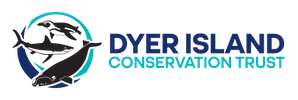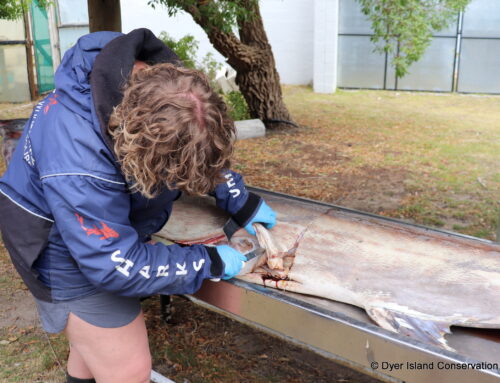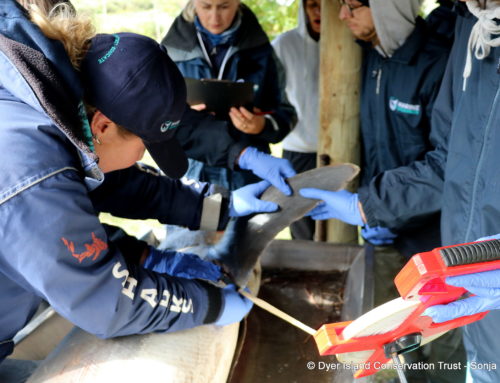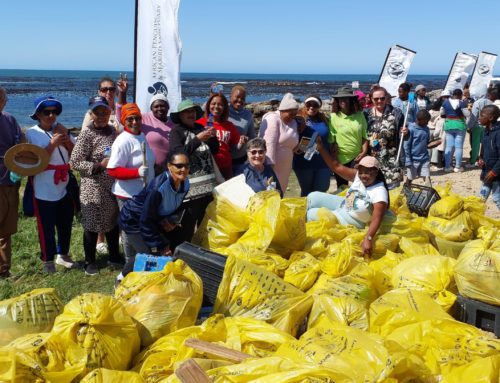TREASURE OIL SLICK
February 03, 2010 by dyertrust
The recently reported 300m oil slick (Cape Argus 16.01.10 & Cape Times 17.01.10) assumed to come from the iron ore carrier, the Treasure, which sunk ten years ago off the West Coast, is great cause for concern. Even though it was subsequently reported that the slick had broken up, the oil still remains a hazard for marine animals. The concern is those birds and marine mammals that can be affected without our awareness and die out at sea. It would be good to see stronger measures implemented by Government to deal with off shore oil pollution and not just that affecting our immediate coastline.
SANCCOB is on high alert for possible oiling of seabirds as the slick could affect Dassen Island, and its seabird population, including that of the African penguin, a species considered Vulnerable.
The Treasure, was carrying 1300 tons of fuel oil which led to the oil spill in 2000 that affected 19 000 coastal birds and was the biggest coastal bird rescue effort in South Africa.
See more on
An observation tower was erected on the Island at the end of 2009 and it is from this structure that Anne gets to monitor the interactions between gulls and cormorants and now even the seals.

Anne will leave the Island the first week of February. It has been a privilege to work with the birds and study their behaviour and although I will miss them, I am quite ready to meet the real world again!





